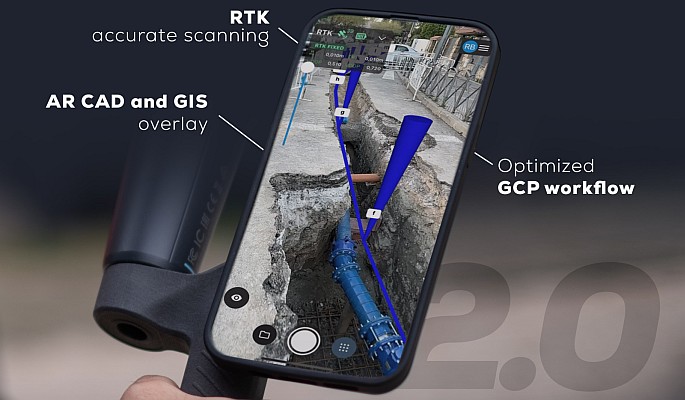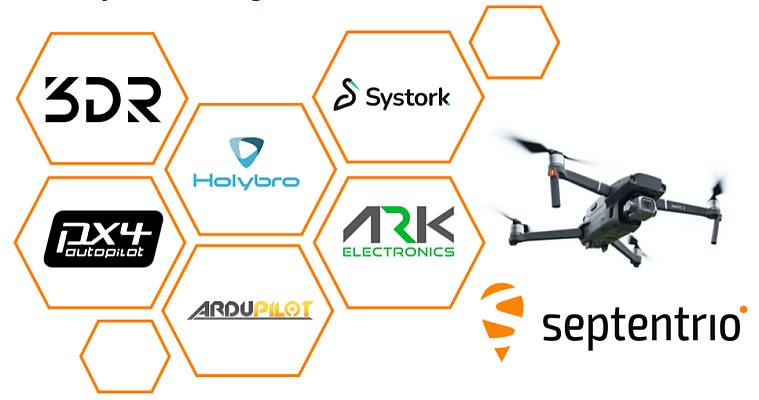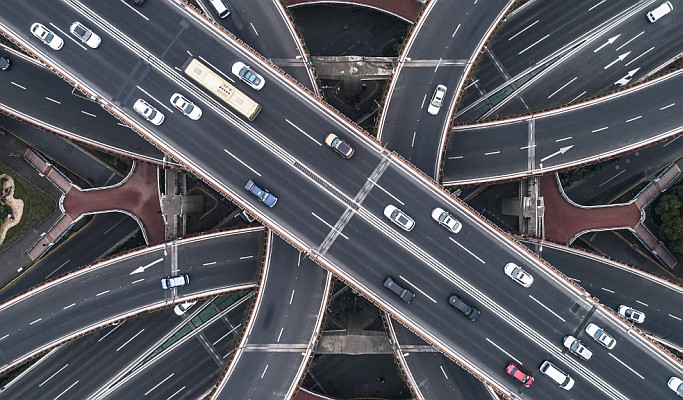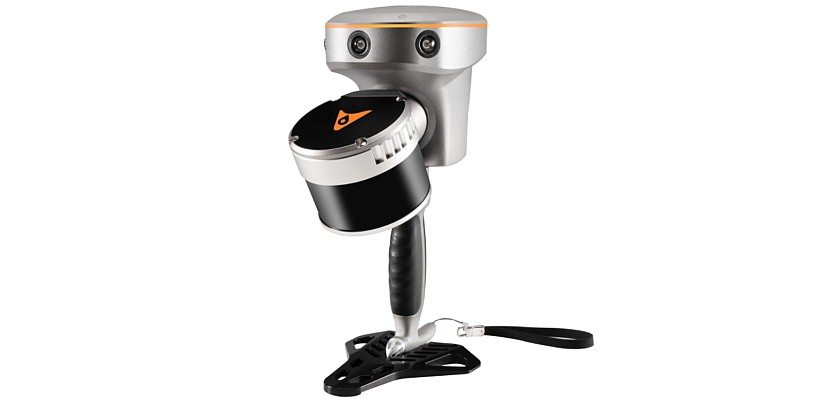LexisNexis announced it will expand its Congressional archives with the new LexisNexis U.S. Serial Set Maps Digital Collection that will provide easy access to more than 56,000 map records containing nearly 70,000 individual map sheet images when complete. Almost half of these maps contain color or fine detail and are being scanned as high-resolution imagery from the originals.
These maps offer unparalleled research potential to historians, law students, labor studies researchers, political scientists, and other social scientists, as well as to biologists, geologists, geographers, meteorologists, and epidemiologists.
Serial Set maps, dating from 1789, include great 19th Century exploratory surveys of the American West, Civil War battlefields, as well as flood protection and beach erosion studies in the 1950s and 1960s, just to name a few.
This maps digitization effort, conducted in cooperation with the University of Maryland, is the latest step in LexisNexis’ ongoing commitment to building a complete, easy-to-use repository of Congressional information.
The maps in this new collection, some of which represent the first geologic, soil, and population maps of many states and territories, are being conserved, encapsulated, and scanned from the U.S. Serial Set collection housed at the University of Maryland Libraries.
Advanced Technology Applied to Historic Maps
LexisNexis is converting the digital, historical map collections into the standard JPEG 2000 image format to provide advanced web-based viewing features of the maps, such as panning and zooming, without any barriers, additional software or browser plug-ins.
Detailed Indexing For Easy Access
The LexisNexis U.S. Serial Set Maps Digital Collection includes detailed indexing for every map in the more than 13,000 volumes of the U.S. Serial Set though the year 1969. Originally created by the University of Kansas and recently enhanced by LexisNexis editorial staff, this special indexing makes it easy for researchers to access maps using key indexing terms, including date, subject and geographic terms, personal and organizational names, map title, relief method, notation of content abstracting, or to search the document in which the map was published.
Combined with the LexisNexis Congressional user interface, this powerful search functionality allows users to quickly and efficiently focus and hone their search results to a useable data set. All maps will be accessible through an image content server (ICS), provided by LuraTech Inc., which renders segments of the entire map image to a user’s browser quickly without the need for additional software.






